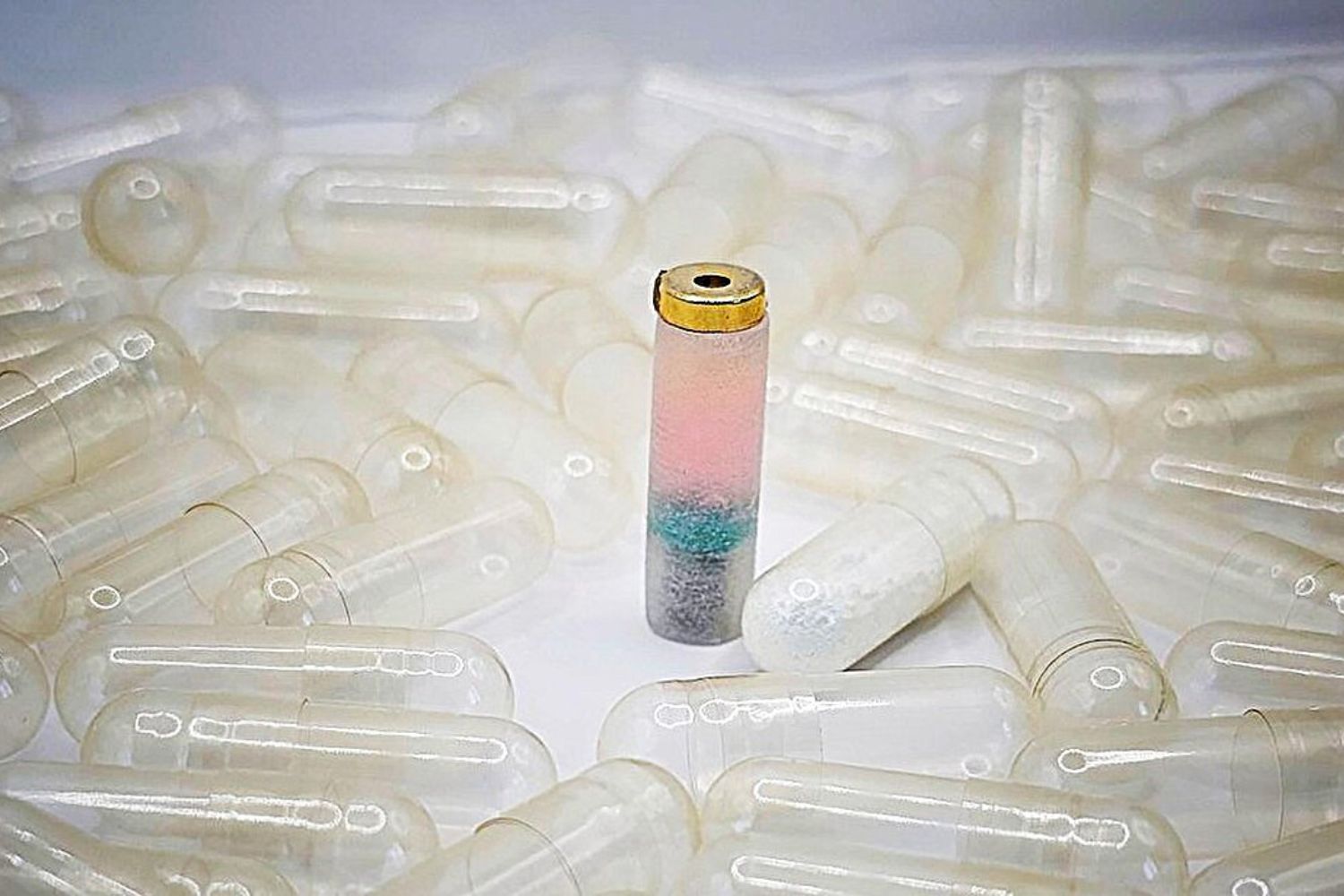The Mars Sample Return Program is an ambitious project that aims to return valuable samples of Martian soil to Earth without human intervention. This project is a joint initiative between NASA and ESA and is considered one of the most important scientific projects in history.
The mission will consist of send a robotic arm about 2.5 meters long to Marsprovided by the European Space Agency. It has a set of sensors, two cameras, and a capsule gripper. He will be responsible for transporting the sample tubes to the rocket to return them to Earth. To achieve this, you will have to deliver the same Mars Ascent Vehicle spacecraft.
“Sample Carrying Arm designed to be self-contained, highly reliable and durable“, — ESA comments on its official website. In addition, they indicate that the robot is capable of “performing a wide range of movements with seven degrees of freedom.” Without a doubt, this is an incredible achievement of modern engineering.
NASA has been collecting samples on Mars for some time with its Perseverance rover. But they are not the only ones who collect. The robotic arm will also search for some soil samples left near the lander by Ingenuity-class helicopters.
NASA and ESA commit to a long-term mission to unlock the history of Mars
In an animated video released by ESA, the lander’s sample-retrieval robotic arm collects a sample of Martian soil. It is later inserted into the Mars Ascent Vehicle’s sample storage. Once all harvesting on the red planet is complete, The Mars Ascent Vehicle will be launched into orbit, where it will be recovered by the Return-to-Earth Orbiter..
NASA and ESA expect to launch an orbiter to return to Earth by 2027. Meanwhile, a sample retrieval lander will wait until 2028. they hope to have samples on our planet in 2033 for further analysis.
Of course, before all this becomes a reality, there is still a long way to go. However, if we had Martian soil samples on Earth, we would finally be close to unraveling the red planet’s past. Has she ever accepted life in her entire history? This is something we will be able to answer in the next decade.
Source: Hiper Textual
I’m Blaine Morgan, an experienced journalist and writer with over 8 years of experience in the tech industry. My expertise lies in writing about technology news and trends, covering everything from cutting-edge gadgets to emerging software developments. I’ve written for several leading publications including Gadget Onus where I am an author.













